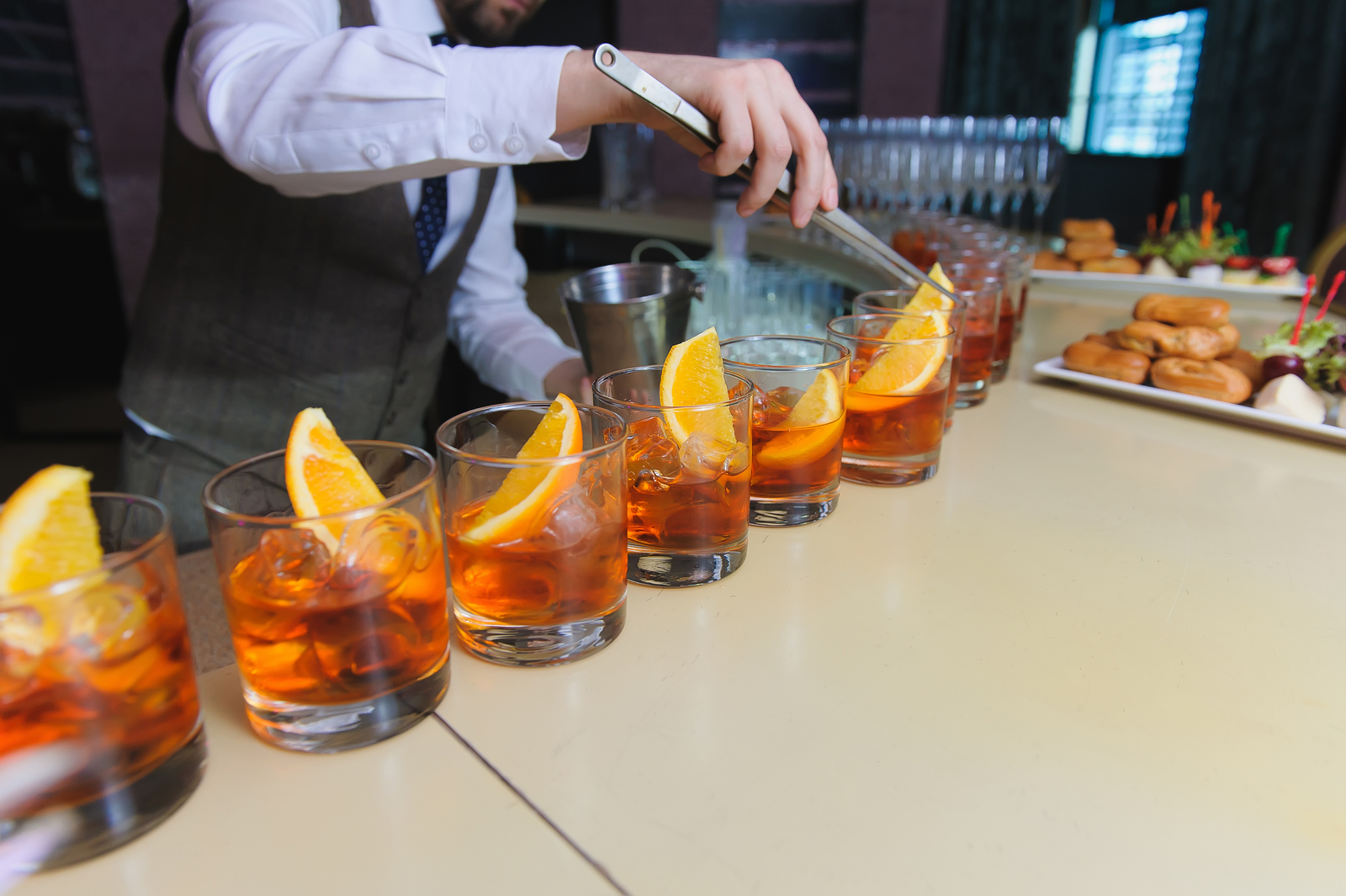
The U.S. spirits industry has good reason to raise a glass. At its annual briefing in February, the Distilled Spirits Council reported that sales of U.S. spirits grew steadily in 2015. Whiskey sales were particularly strong, and only one liquor, rum, saw a decrease in revenues.
Read on for highlights, or view the full report here.
General spirits sales in 2015
- Total retail sales in the U.S. market were almost $72 billion.
- Overall, volume grew by 2.3%, and supplier revenues grew by 4.1%.
- Volume growth of high-end and “super premium” liquors rose the most, at 7.1% and 6.5%, respectively.
- Volume of value liquors rose by only 0.1%, and “premium” liquors by 1.0%.
- Export volumes increased by 4%, though revenue was relatively flat due to a strong dollar.
- For the sixth year in a row, spirits continued to gain market share relative to beer.
Whiskey
- “Super premium” whiskeys led the way in whiskey category growth, with volumes up 25.2% and revenue up 26.5%.
- Revenues for American whiskey (bourbon, Tennessee, rye, and white/corn) rose by 7.8%, to $2.9 billion.
- Canadian whiskeys and blends saw revenues rise by 8.1%, to $1.8 billion.
- Irish whiskey saw 19.9% revenue growth, to $664 million.
- Single malt scotch revenues rose 13.5%, to $732 million.
- Blended scotch revenues were flat at $1.4 billion.
- American whiskey export volumes grew by 5.4%.
Other spirits
- Tequila had 9.4% revenue growth, to $2.3 billion.
- Cognac had 16.2% revenue growth, to $1.3 billion.
- Vodka sales were up 0.5%, to $5.8 billion.
- Rum sales were down 2%, to $2.3 billion.
Key growth factors
According to the Council, key factors influencing the spirits sector’s growth in 2015 include:
- Increasing demand for American whiskeys in the U.S. and abroad
- The interests of drinking-age Millennials
- Laws and policies concerning alcohol and certain taxes
- The increasing prevalence of micro-distilleries
- Increasing interest in “craft-style, artisanal products”
- The continued popularity of “cocktail culture”
Future trends
The Council suggests the following factors may influence the liquor market in 2016:
- Changes to alcohol laws
- Grocery-store interest in selling spirits
- Realignment and consolidation of wholesalers
- Expansion of online delivery services
- Growth of micro-distillers
- Continued efforts toward expanding spirits exports from the U.S.







